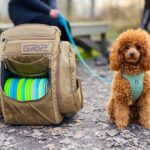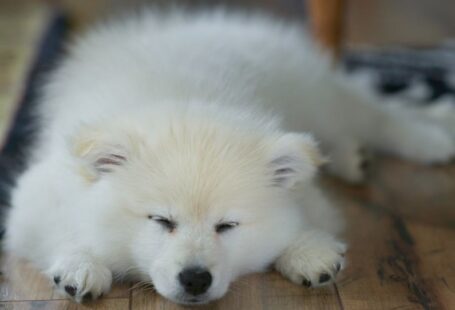Getting a new puppy is an exciting experience, but it also comes with its own set of challenges, one of the first being housebreaking. Properly training your puppy to relieve itself in the appropriate place is crucial for a harmonious relationship with your furry friend. In this comprehensive guide, we will explore effective strategies and tips to help you successfully housebreak your puppy.
Understanding Your Puppy’s Bladder
Before diving into the training process, it’s essential to understand your puppy’s bladder capacity. Puppies have small bladders and limited control over their bladder muscles, which means they need to relieve themselves frequently. A general rule of thumb is that puppies can hold their bladder for approximately one hour for every month of age. For example, a three-month-old puppy can typically hold it for about three hours.
Establish a Routine
Consistency is key when it comes to housebreaking your puppy. Establishing a routine will help your puppy learn when and where it’s appropriate to go potty. Take your puppy outside first thing in the morning, after meals, after playtime, and before bedtime. Praise and reward your puppy when it goes potty outside to reinforce the desired behavior.
Crate Training
Crate training can be a valuable tool in housebreaking your puppy. Dogs have a natural instinct to keep their sleeping area clean, so a properly sized crate can help prevent accidents inside the house. Make sure the crate is large enough for your puppy to stand up, turn around, and lie down comfortably. Avoid using the crate as a form of punishment and always provide a comfortable bed and toys inside.
Supervise and Manage Accidents
Accidents are bound to happen during the housebreaking process, so it’s essential to supervise your puppy closely, especially when it’s not in the crate. Watch for signs that your puppy needs to go potty, such as sniffing, circling, or whining. If you catch your puppy in the act of having an accident, interrupt them with a clap and immediately take them outside to finish. Avoid harsh punishment, as it can create anxiety and hinder the training progress.
Use Positive Reinforcement
Positive reinforcement is a powerful training technique that involves rewarding your puppy for good behavior. When your puppy goes potty outside, praise them enthusiastically and offer a treat as a reward. This positive association will encourage your puppy to continue going potty in the designated area. Consistency is key, so be patient and continue to reinforce good behavior with rewards.
Establish a Potty Zone
Designating a specific potty zone in your yard can help streamline the housebreaking process. Take your puppy to the same spot each time they need to go potty to create a familiar environment. The scent of previous potty trips will also signal to your puppy that this is the appropriate place to relieve itself. Be sure to clean up after your puppy to maintain a clean and hygienic outdoor space.
Monitor Food and Water Intake
Controlling your puppy’s food and water intake can help regulate their potty schedule. Feed your puppy at consistent times each day and avoid free-feeding, which can lead to unpredictable bathroom habits. Limit water intake in the evening to reduce nighttime accidents. By monitoring your puppy’s diet, you can better predict when they will need to go potty.
Patience and Persistence
Housebreaking a puppy requires patience, consistency, and persistence. It’s a gradual process that takes time and effort, but with the right approach, your puppy will eventually learn where and when it’s appropriate to go potty. Remember to stay positive, avoid punishment, and celebrate small victories along the way.
In Summary
Housebreaking your puppy is a fundamental aspect of dog ownership that sets the foundation for a well-behaved and happy pet. By understanding your puppy’s needs, establishing a routine, using positive reinforcement, and maintaining consistency, you can successfully housebreak your puppy. Remember that every puppy is unique, so be patient and adapt your training approach as needed. With time, dedication, and love, you and your puppy will enjoy a strong bond built on mutual understanding and respect.





